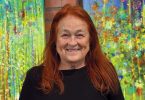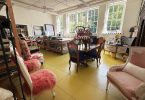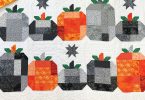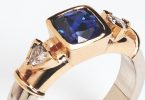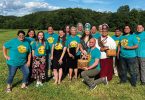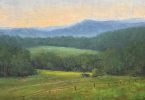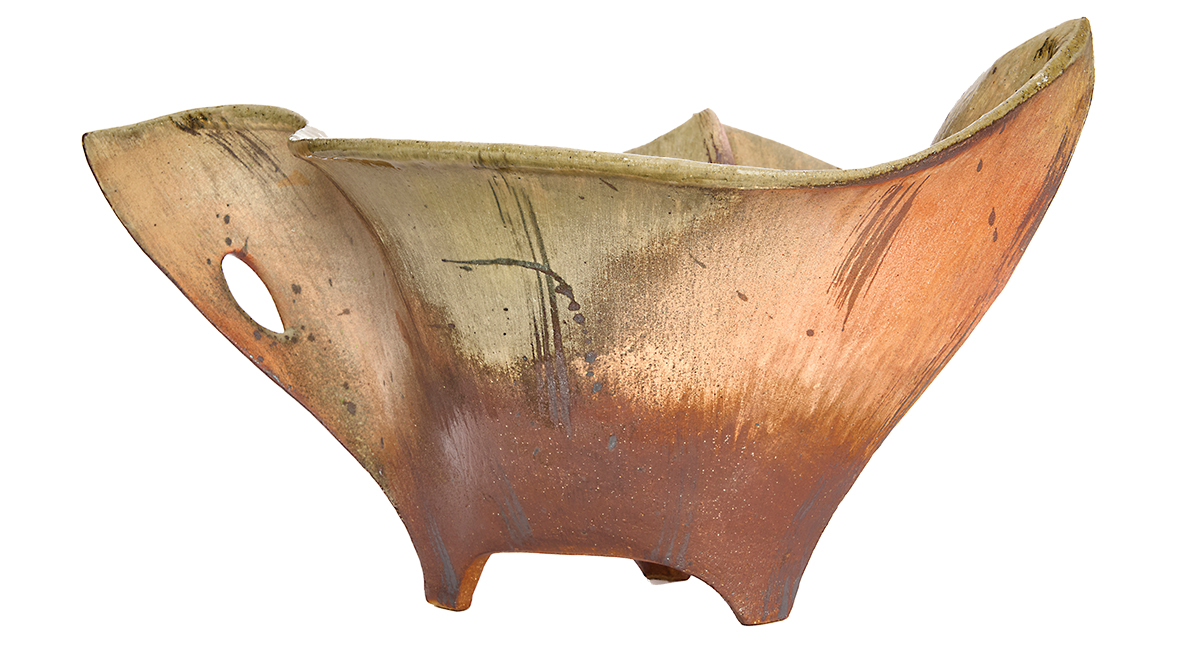
Takuro Shibata, artist
By Gina Malone
From Tuesday, March 11, through April 12, Penland School of Craft’s FOCUS Gallery presents Of Hand and Earth, featuring work by ceramic artists Hitomi and Takuro Shibata. A reception will be held April 4 from 4:30–6:30 p.m. The couple make their home in the historic North Carolina pottery mecca of Seagrove and create at their business, Studio Touya, where they make simple and functional wood-fired pottery using locally sourced wild clays. Although they work independently, they recently collaborated on a piece for Penland’s annual auction.
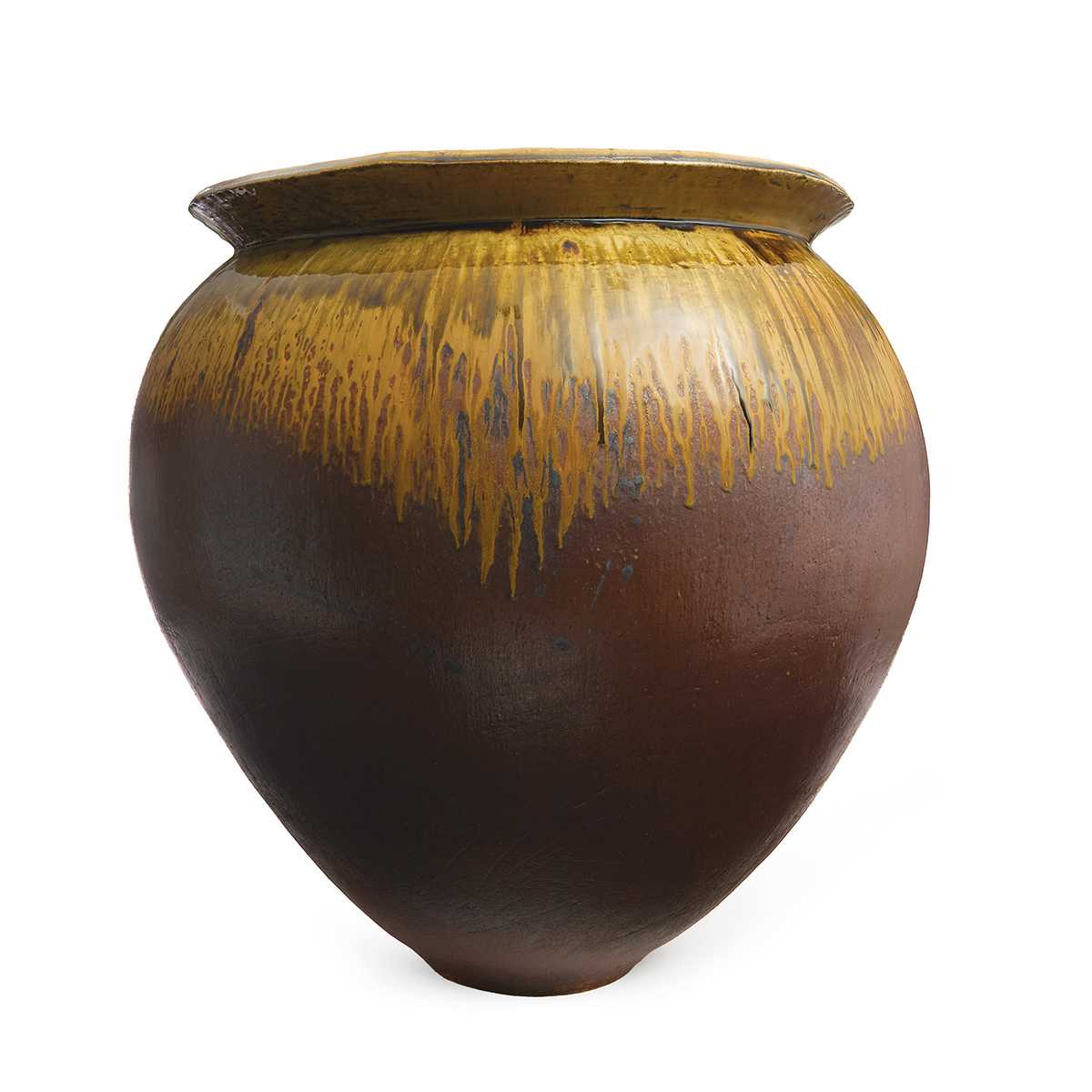
Hitomi Shibata, artist
“Our styles and aesthetics in ceramics are quite different, so we typically don’t collaborate on making pots together,” says Hitomi. “However, we share materials, studio space and kiln firings while supporting each other in our work. Wood firing, in particular, requires strong teamwork, and we strive to be good partners in that process.”
In 2001, the couple arrived in the US as young potters from Shigaraki, a pottery village in Japan with roots going back 1,000 years. Through studies, travels and a residency, they explored American ceramic art. A visit to friends in Seagrove, Nancy Gottovi and David Stuempfle, introduced them to the area and after returning to Shigaraki, Nancy contacted Takuro with an offer to help establish a nonprofit company, STARworks Ceramics, near Seagrove in the town of Star. “Starting a new career from scratch in the US was neither easy nor smooth, but that journey shaped our resilience and growth as good artists,” Hitomi says. They came back to Seagrove in 2005, purchased property and established Studio Touya in 2007. Takuro, who has a background in chemistry, serves as ceramics director for STARworks. The organization promotes community and economic development by providing artistic educational programs.
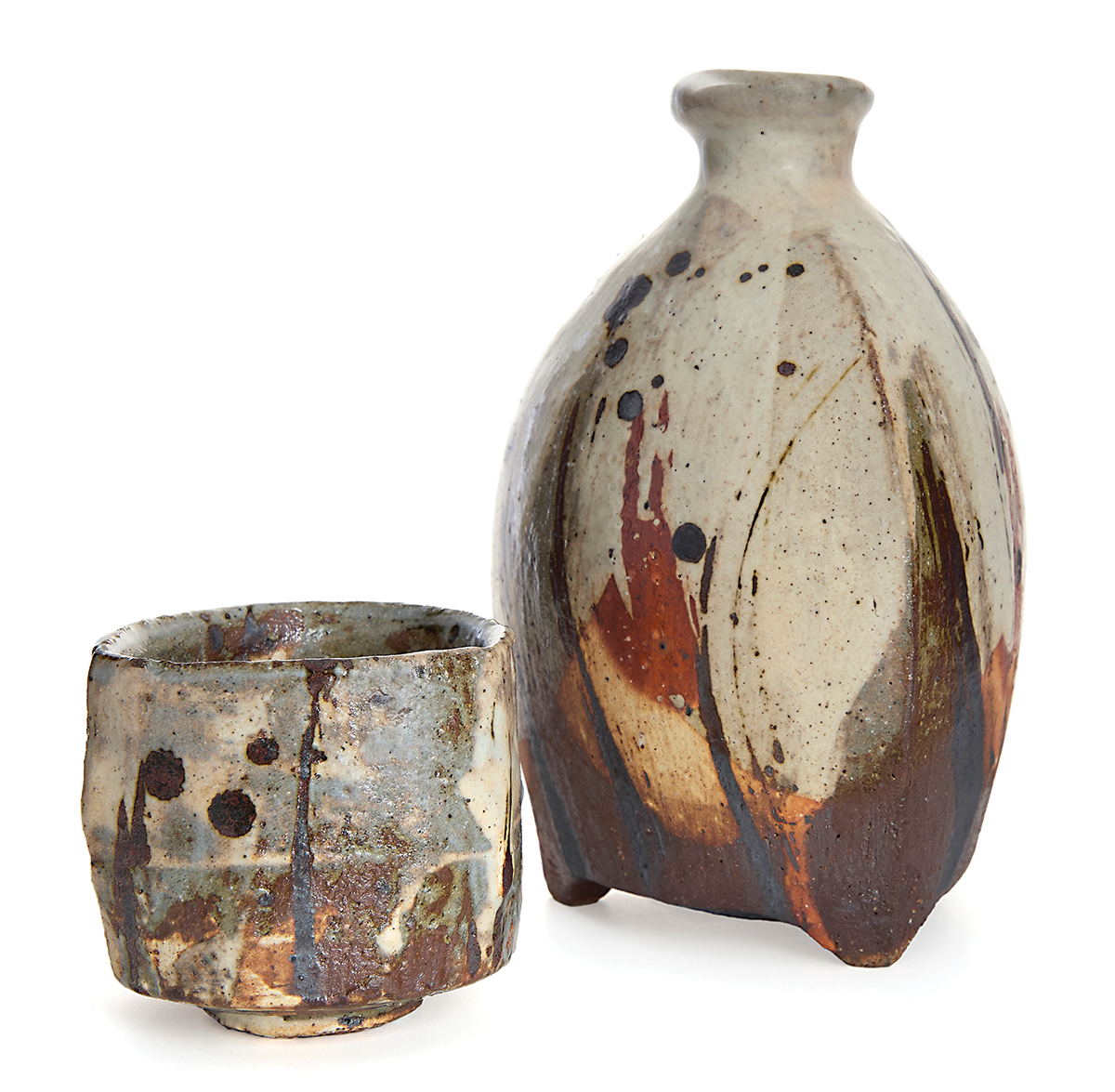
Takuro Shibata, artist
Creating pottery connects them with the earth in a very literal way. “Growing up in Japan, I was immersed in an environment where nature and impermanence are deeply revered,” says Takuro. “I learned to appreciate the beauty of seasonal shifts, the slow erosion of surfaces and the quiet presence of age in objects. This sensibility, combined with my exposure to pottery, made me realize that clay is not just a material—it is a direct connection to the land, to history and to time itself.”
Working with NC’s unique wild clays, he adds, has deepened that connection and understanding. “Each clay body carries its own story, shaped by geological forces over millennia,” he says. “The process of harvesting, refining and firing clay is a collaboration with nature, embracing its unpredictability and honoring its transformations. Through my work, I seek to reflect these natural rhythms—the layering of slips and ash, the interplay of softness and hardness, the quiet dialogue between form and space. For me, nature is not separate from art; it is the source, the material and the inspiration.”
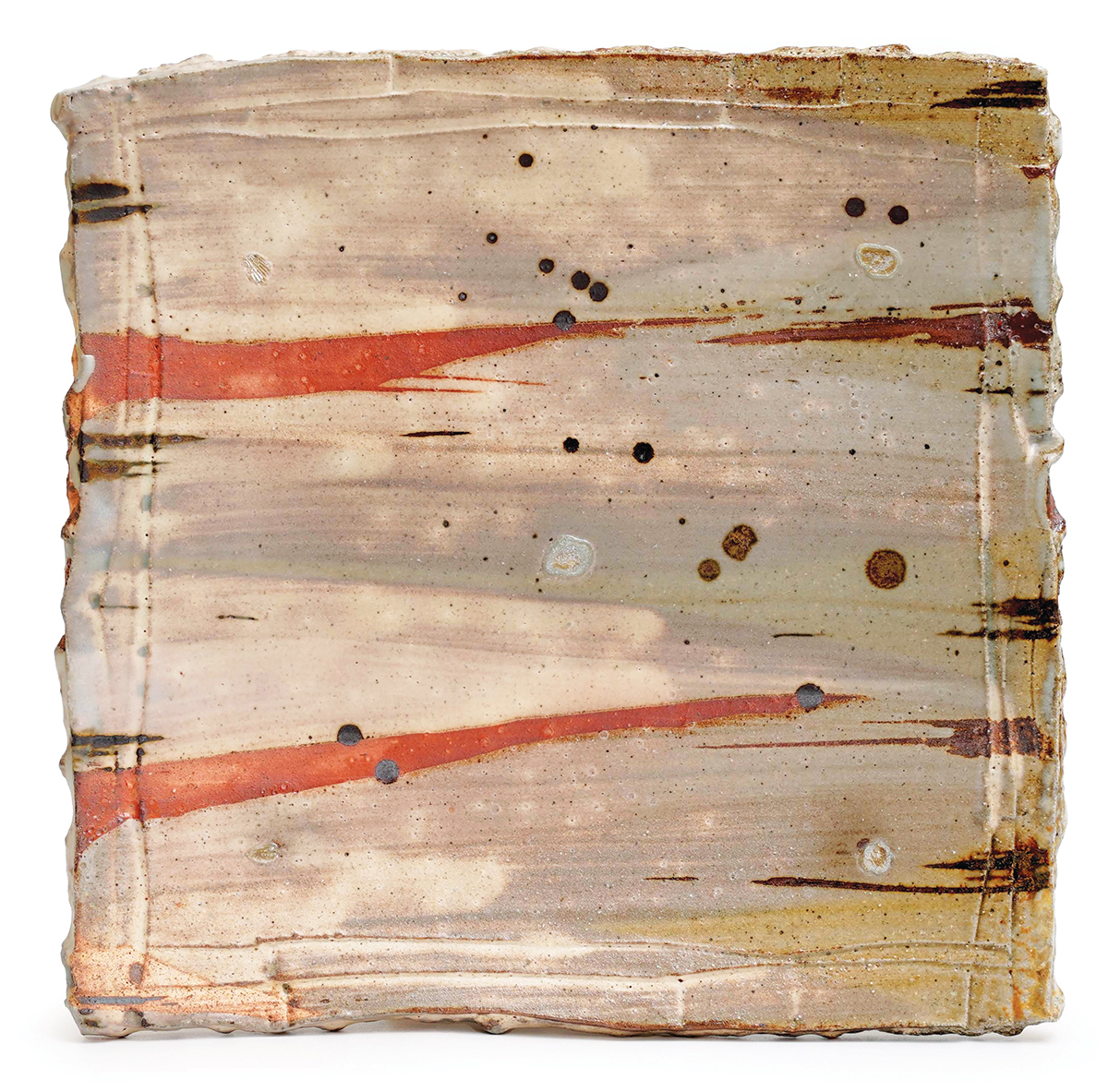
Takuro Shibata, artist
This close working relationship with the land has led to an awareness of the natural world’s fragility. “Clay is not an infinite resource—it takes millions of years to form, yet can be altered or lost in an instant,” says Takuro. “The realities of climate change and environmental degradation have strengthened my commitment to honoring these materials. I strive to work as sustainably as possible, using local clay, minimizing waste and embracing wood firing—a process that, though resource-intensive, deepens my respect for natural cycles.”
In a recent YouTube video with the couple created by Penland, Takuro speaks of the boundary between work that is functional and work that is sculptural. “I tend to stay on the functional side, but recently I have started exploring more towards the edge of the functional pottery,” he says. “I’m curious to see if I can go a little bit over the edge.”
Hitomi does not distinguish between the functional and the sculptural. “Since I have the privilege to use beautiful wild clays from NC places, I enjoy using them, touching them and seeing how we can make this beautiful clay to be beautiful artwork.”
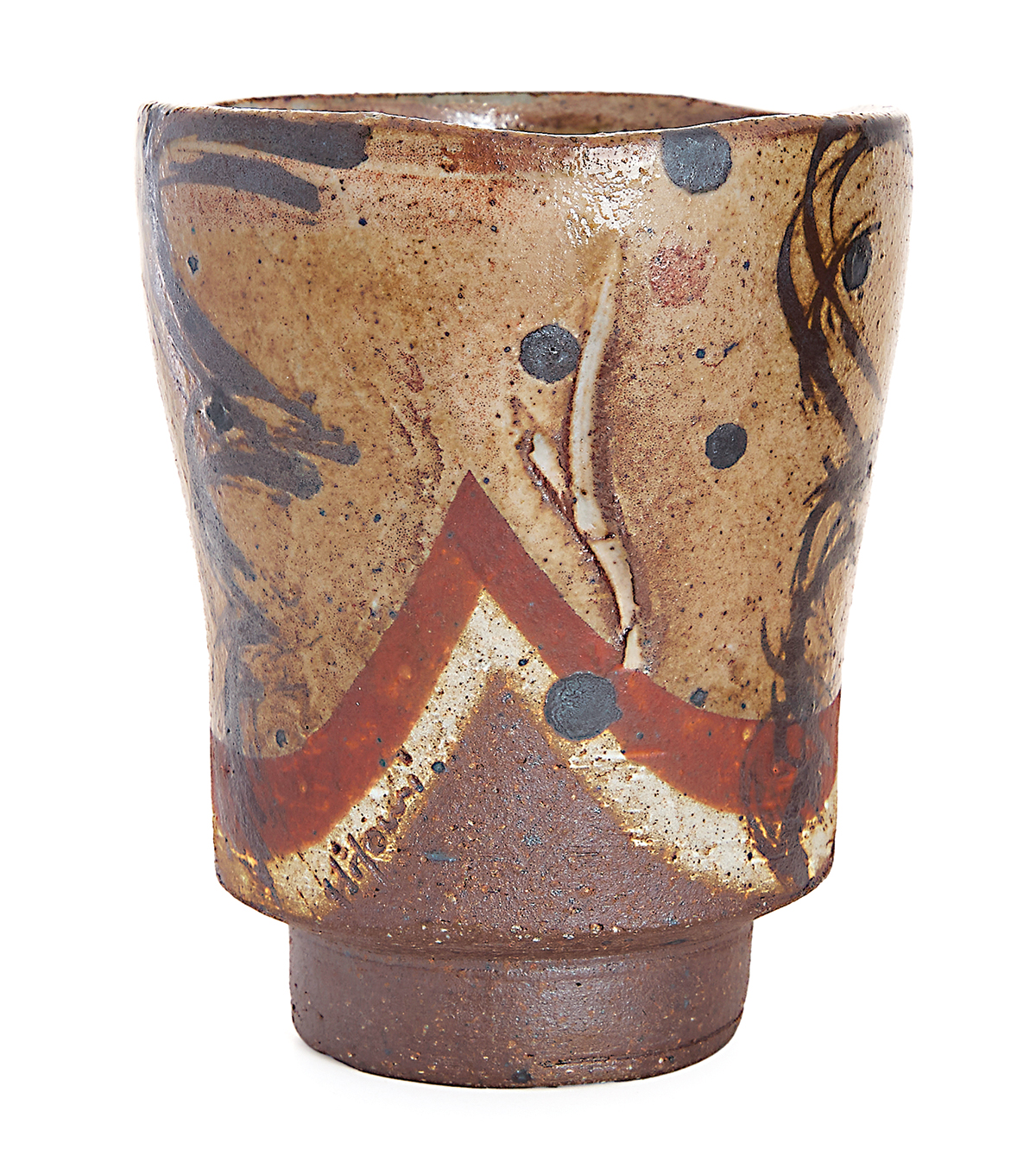
Hitomi Shibata, artist
The Shibatas’ work ties together historic pottery areas in Japan and NC, says Betsy DeWitt, gallery coordinator for Penland Gallery. “Both towns are rich in natural clay deposits, and a primary focus of Hitomi and Takuro’s work is locally sourced materials and sustainability. The devoted attention to the sourcing of material has resulted in pottery that evokes a deep sense of place.”
To learn more about the exhibition, visit Penland.org. For more information about the artists and upcoming events, visit StudioTouya.com and follow on Instagram @takuroshibataceramics and @studiotouya. The artists will conduct a ceramics workshop in July at John C. Campbell Folk School. Learn more at FolkSchool.org.

